Colchester, Essex: The purpose-built capital city of Roman Britain
Clive Aslet considers the town that was one of Roman Britain's greatest cities — and even, for a while, its capital: Colchester.
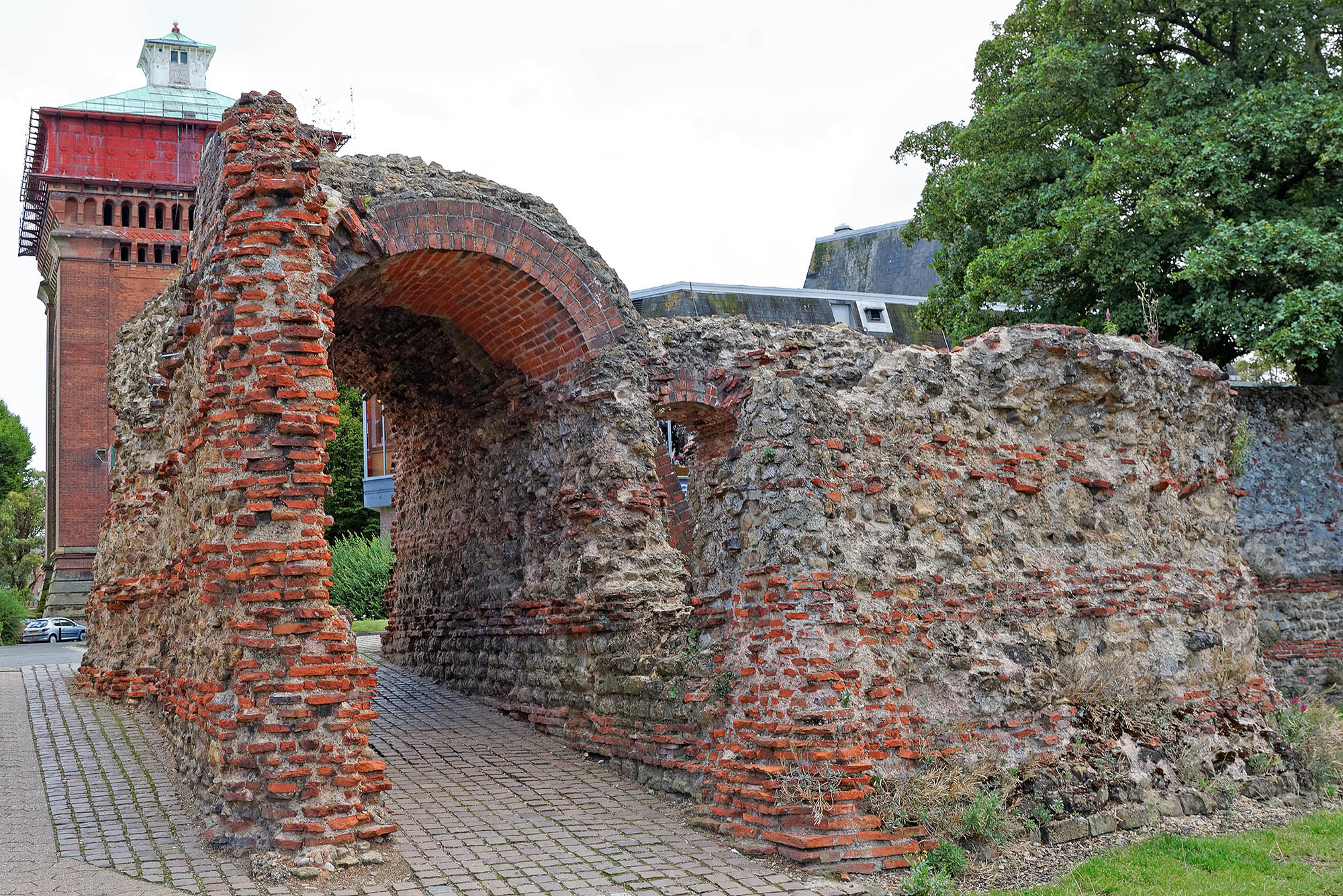
The Emperor Claudius ordered the Roman invasion of Britain in AD43, arriving in person once the fighting was all over to lead his army into what would be the capital of his new province, Camulodunum, present-day Colchester, which became Britain’s first formally laid-out town and a useful port for trade.
Claudius would have found a settlement on a gravelly rise overlooking the highest navigable point of the River Colne, surrounded by earth defences; the earthworks protected the local Trinovantes from incursions from the west. A Roman colony helped secure the region, the first move of which was to raise a great temple to the deified Claudius, on the hill later occupied by the Norman castle.
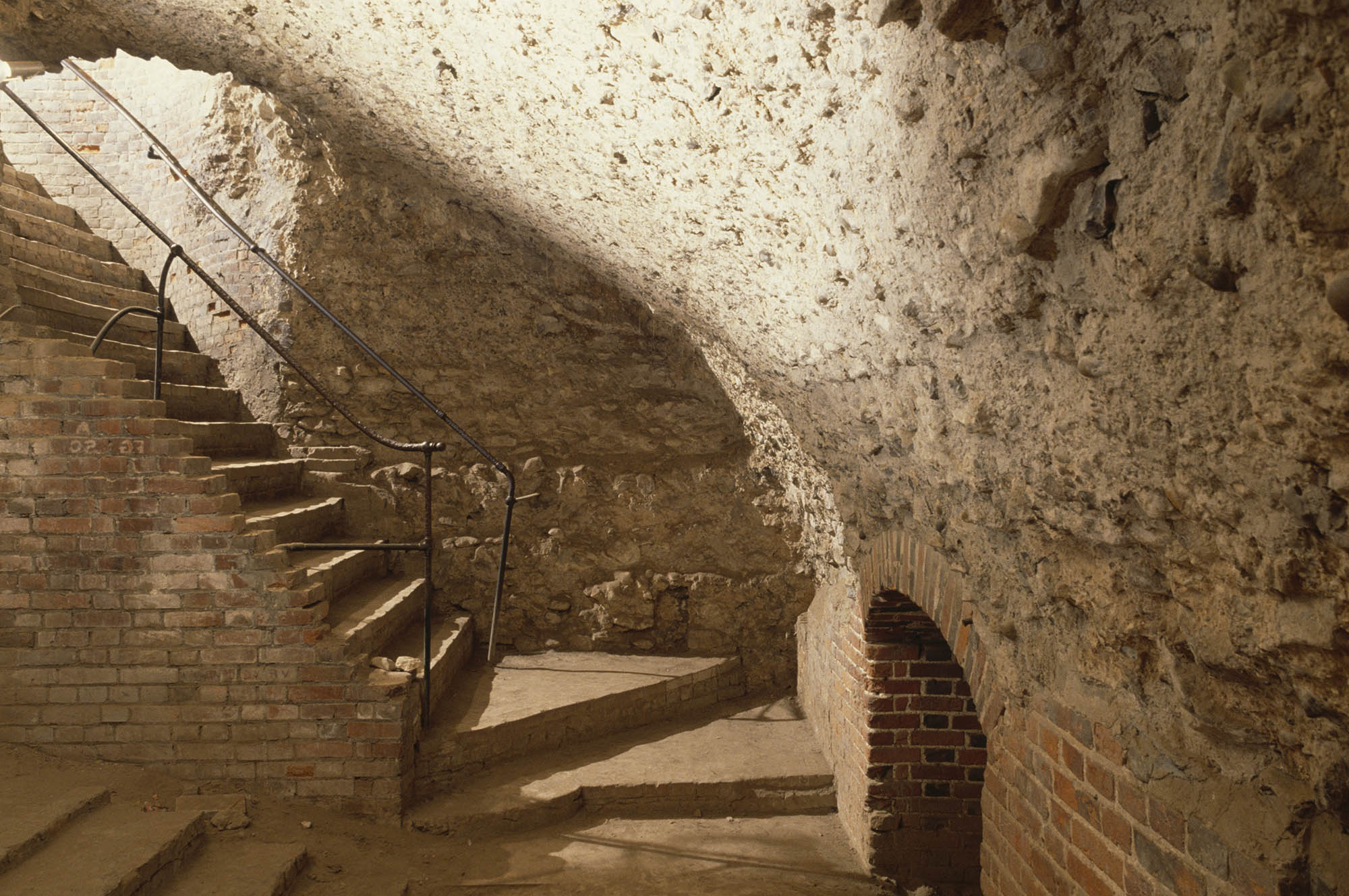
Camulodunum was sacked during the ferocious revolt of the Iceni, led by Boudicca, but, it was rebuilt, this time with the strong walls, parts of which still survive, and the imposing Balkerne Gate — the largest surviving from Roman Britain — for traffic using the three-track road that led to London.
However, Camulodunum lost its place to Londinium as capital; Colchester’s greatest moment of Roman glory had lasted a mere 17 years. But glorious it was: there were fine houses with heated-mosaic-floors, no fewer than three theatres, and the only chariot racing circus in Britain.
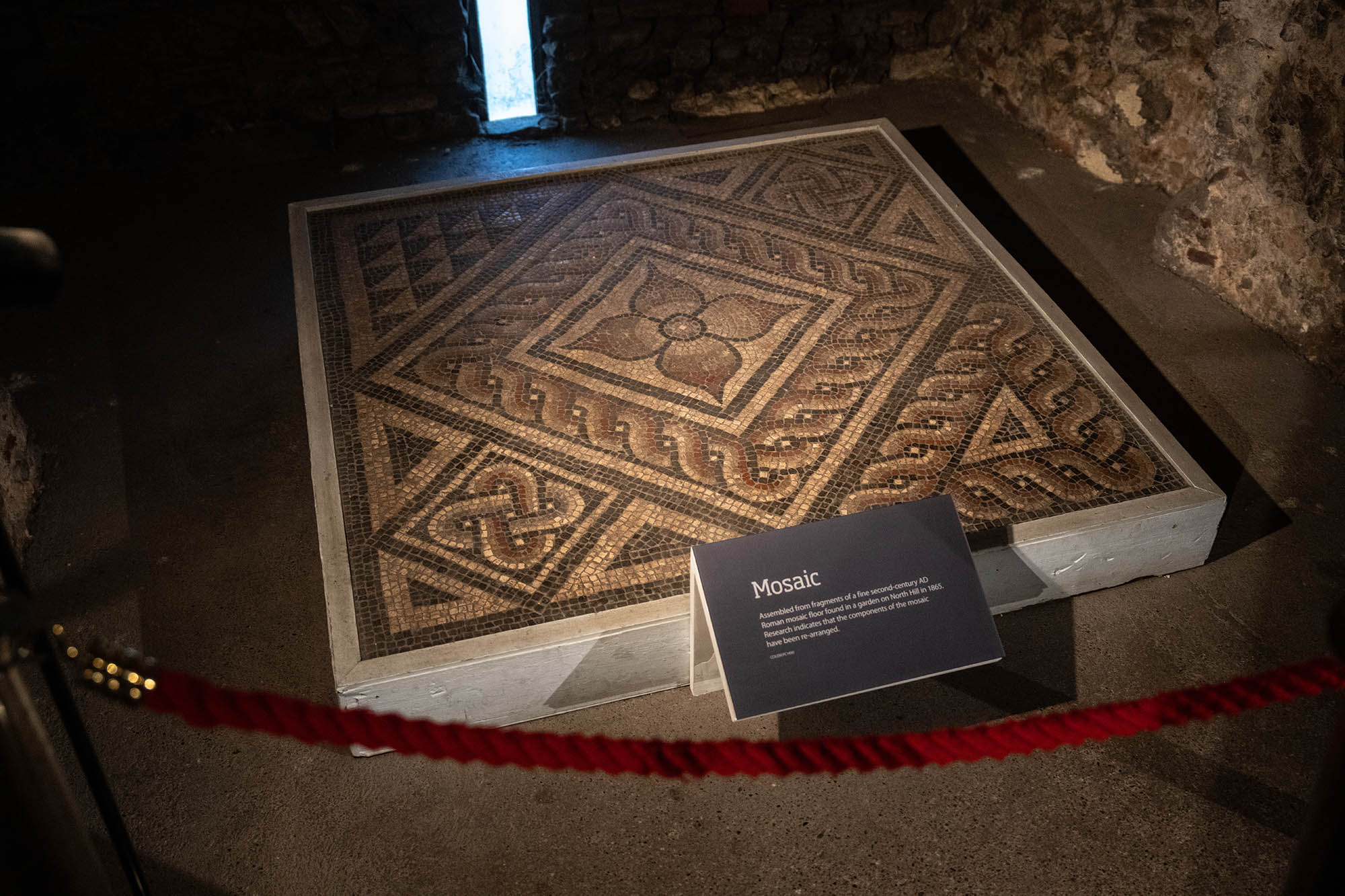
How to visit Colchester
Colchester is an hour north-east of London, an hour's train ride from London's Liverpool St Station.
Many of the most important sites can be seen in and around the city centre; the www.visitcolchester.com site has an excellent list, while the award-winning Colchester Castle Museum (adults £11.25) is an unmissable stop-off point for those wanting to find out more about the city's history. It's also a historic spot in its own right, being the the largest Norman Keep in Europe.
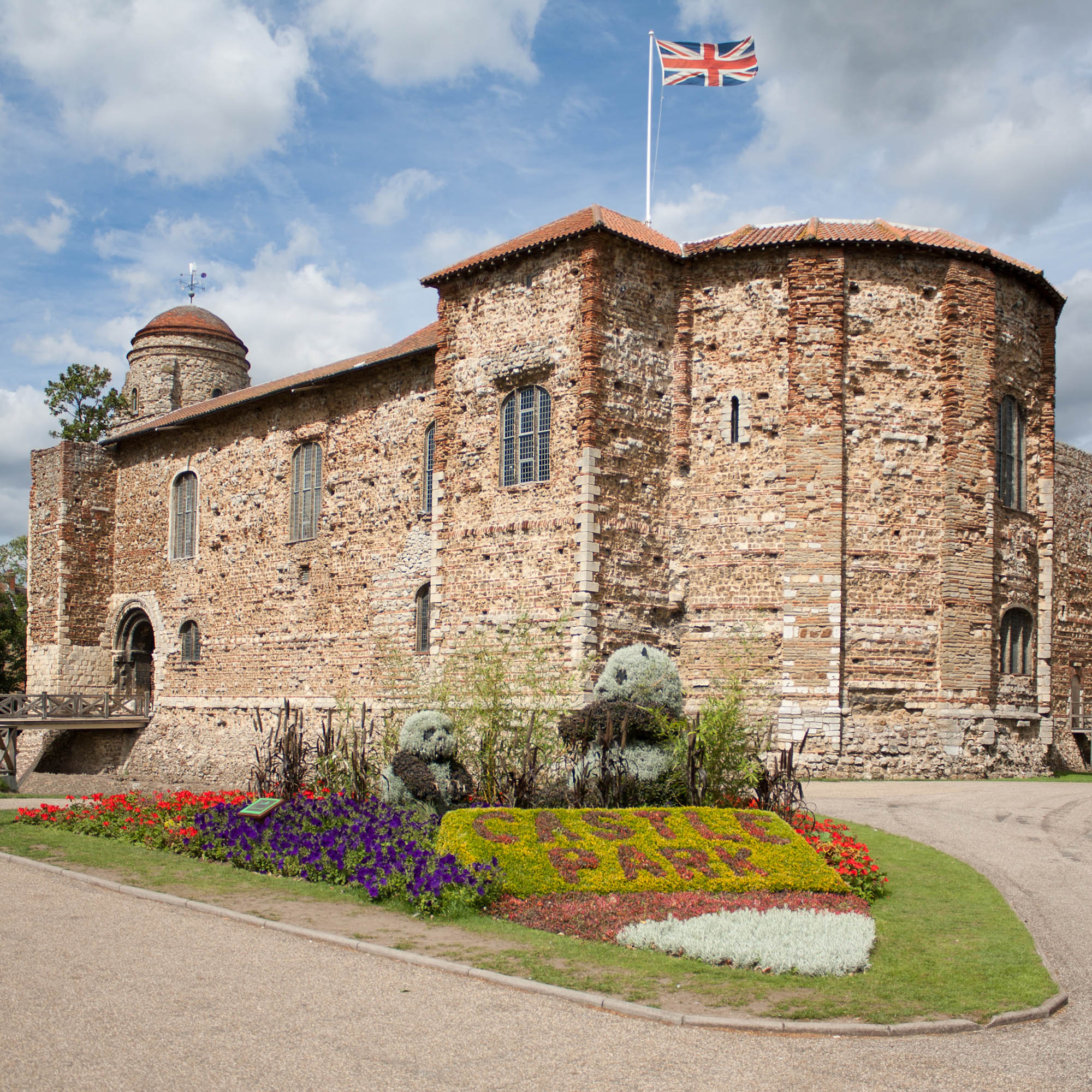
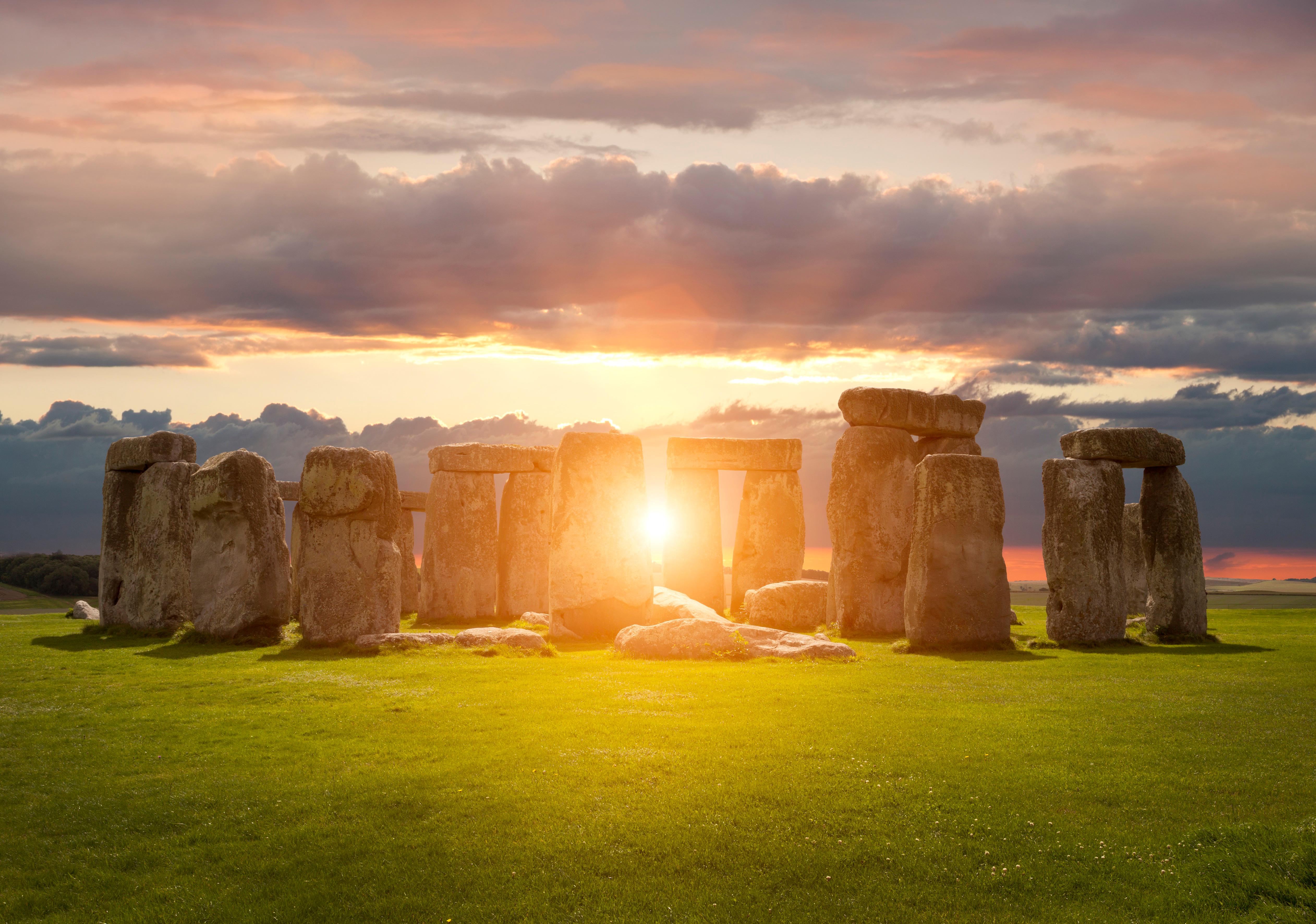
Stonehenge, Wilthsire: 'One of the wonders not only of this country, but of the world'
Our Grand Tour of Britain alights at what is arguably the world's most famous prehistoric site: Stonehenge, in Wiltshire.
Exquisite houses, the beauty of Nature, and how to get the most from your life, straight to your inbox.
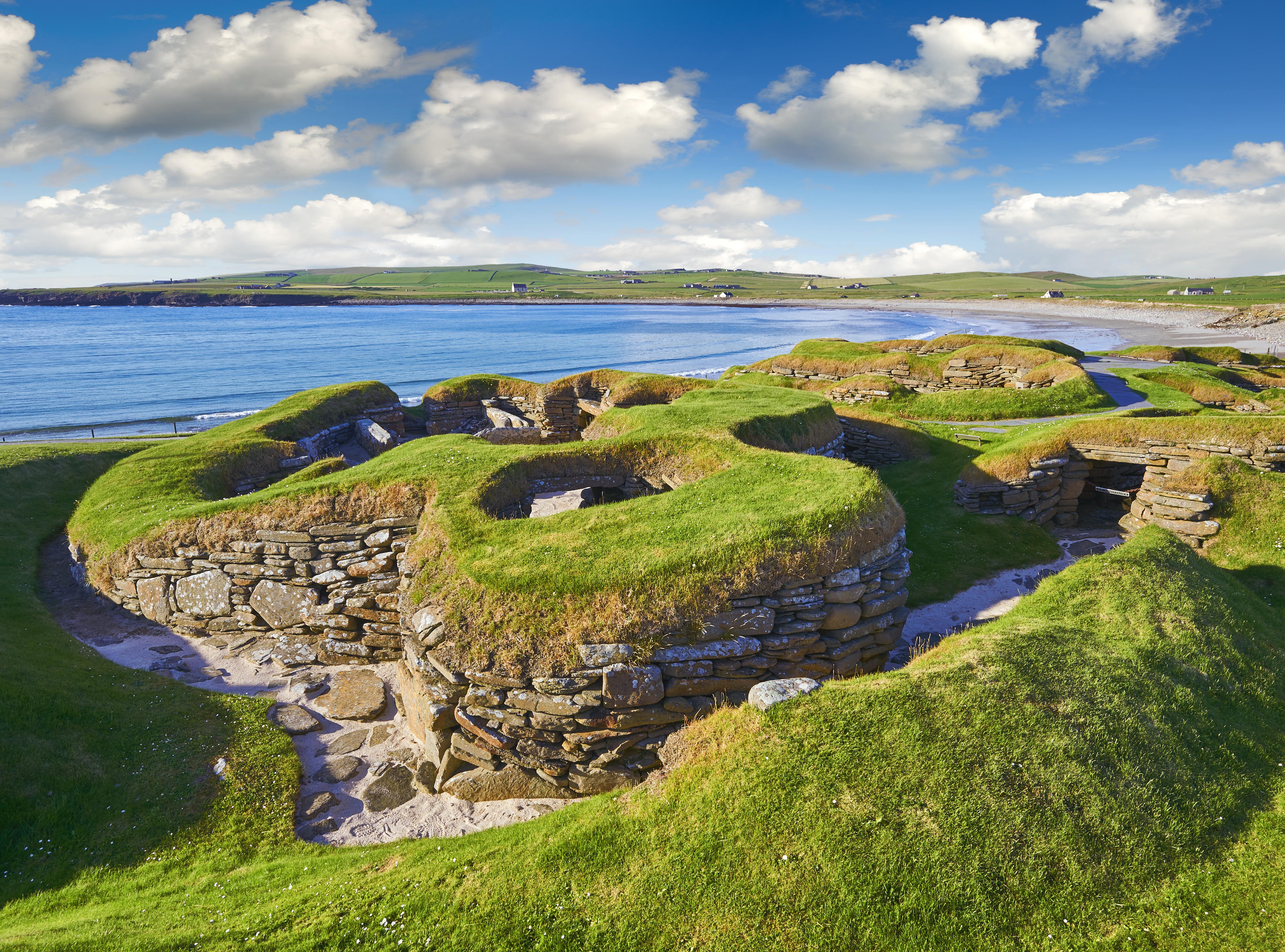
Skara Brae: The prehistoric village on Orkney that's older than Great Pyramid of Giza
The best-preserved Neolithic settlement in Europe isn't in a French cave or an Italian hillside; it's Skara Brae on Orkney,
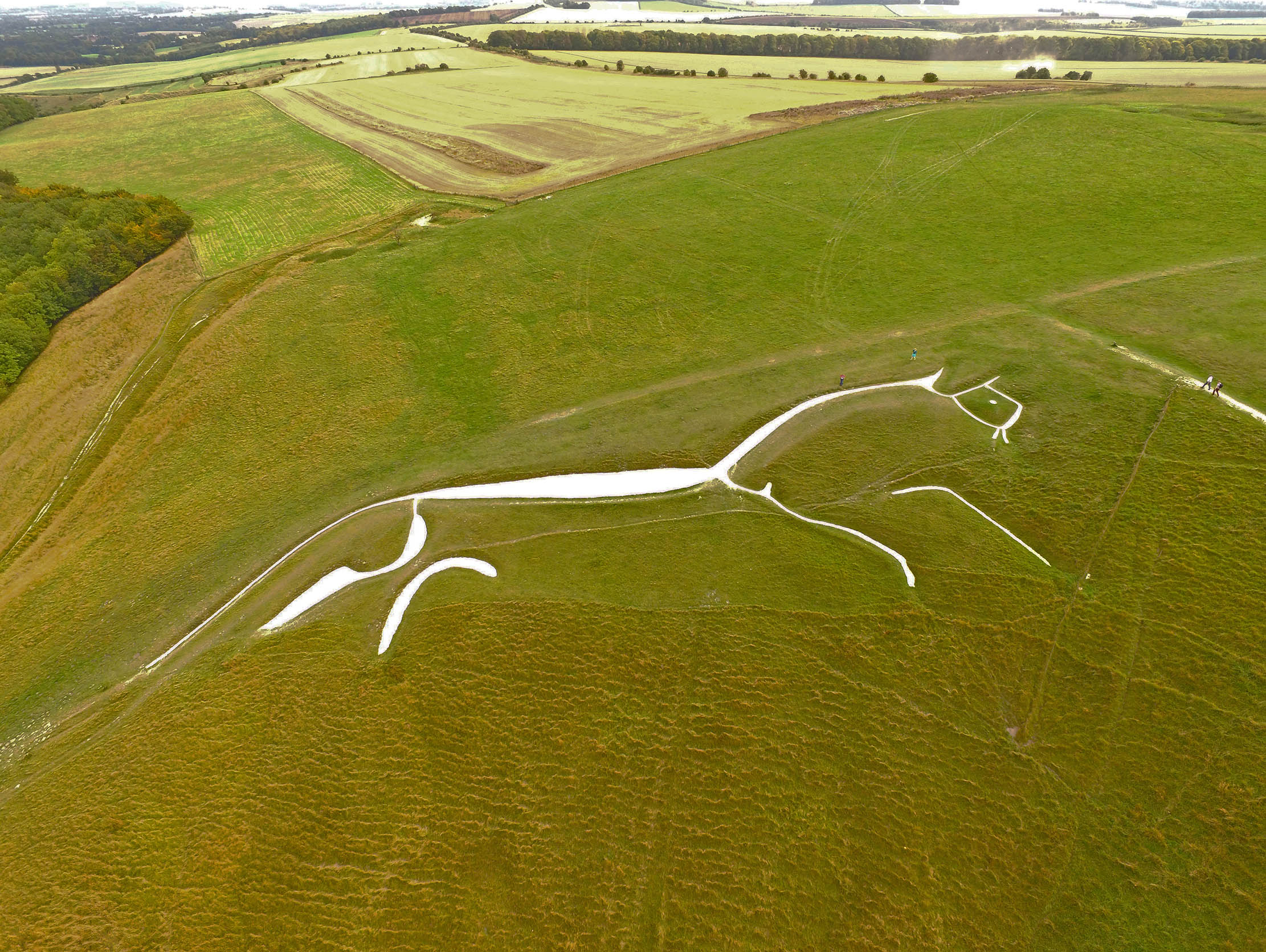
The Uffington White Horse, Oxfordshire
Thousands of years ago, ancient Britons created a vast and spectacular stylised portrayal of a horse in the hills of
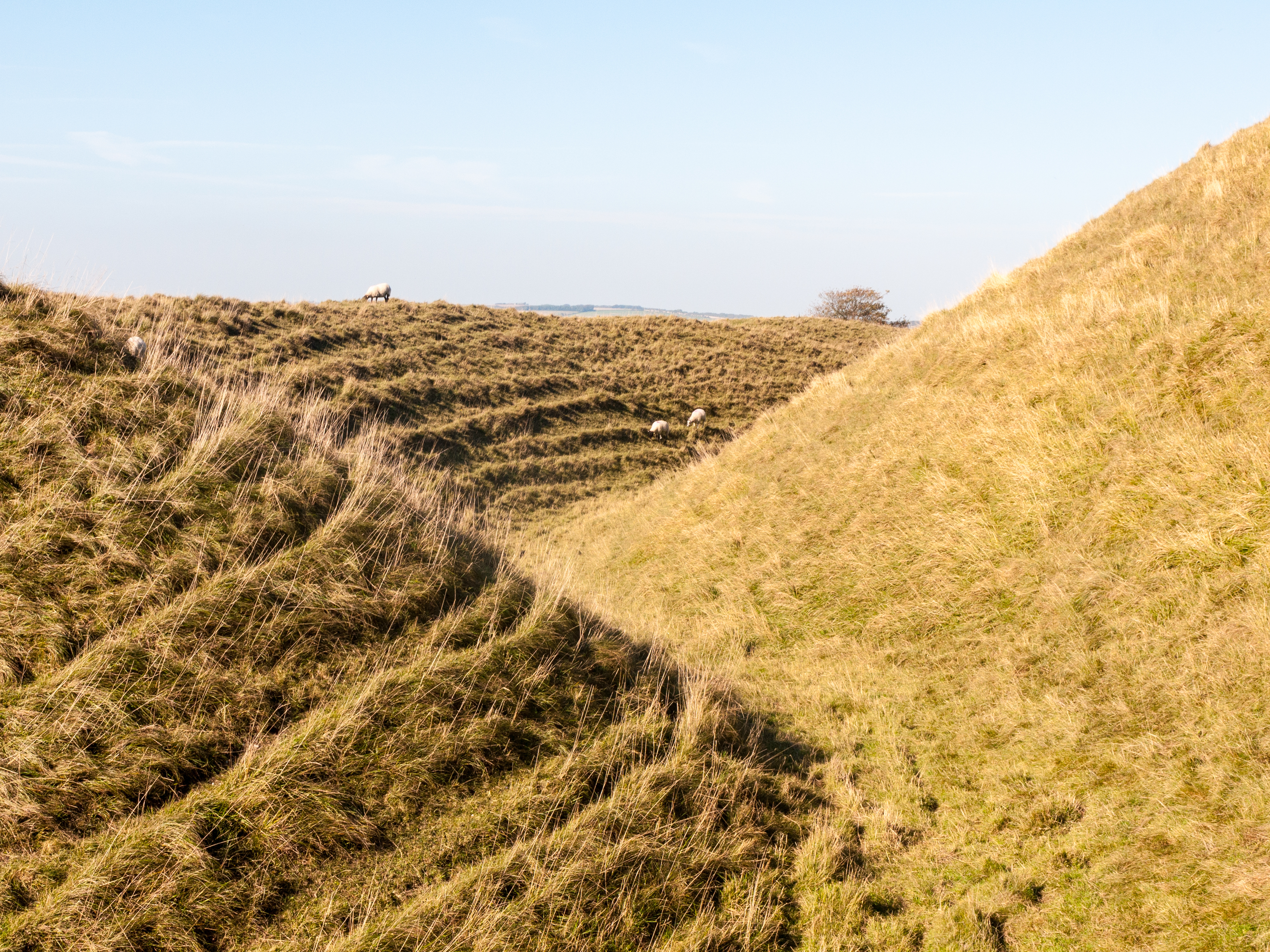
Maiden Castle, Dorset: An ancient hill fort the size of 50 football pitches
The mysterious and ancient Maiden Castle occupies a vast site in Dorset. Clive Aslet takes a look.
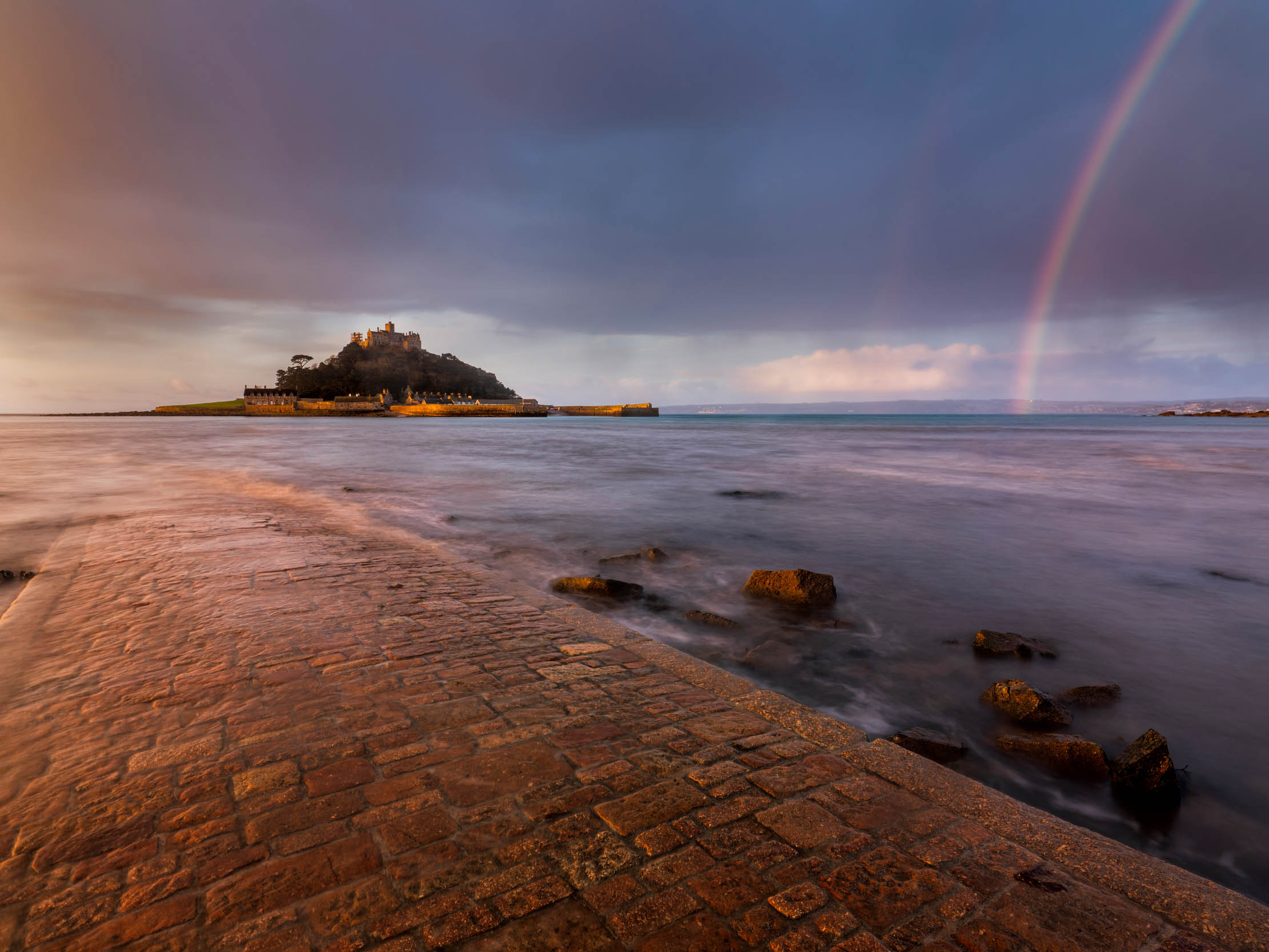
St Michael’s Mount, Cornwall: The monastery that became a castle that became a home
Few spots on the coast of Britain are as romantic and storied as St Michael's Mount in Cornwall.
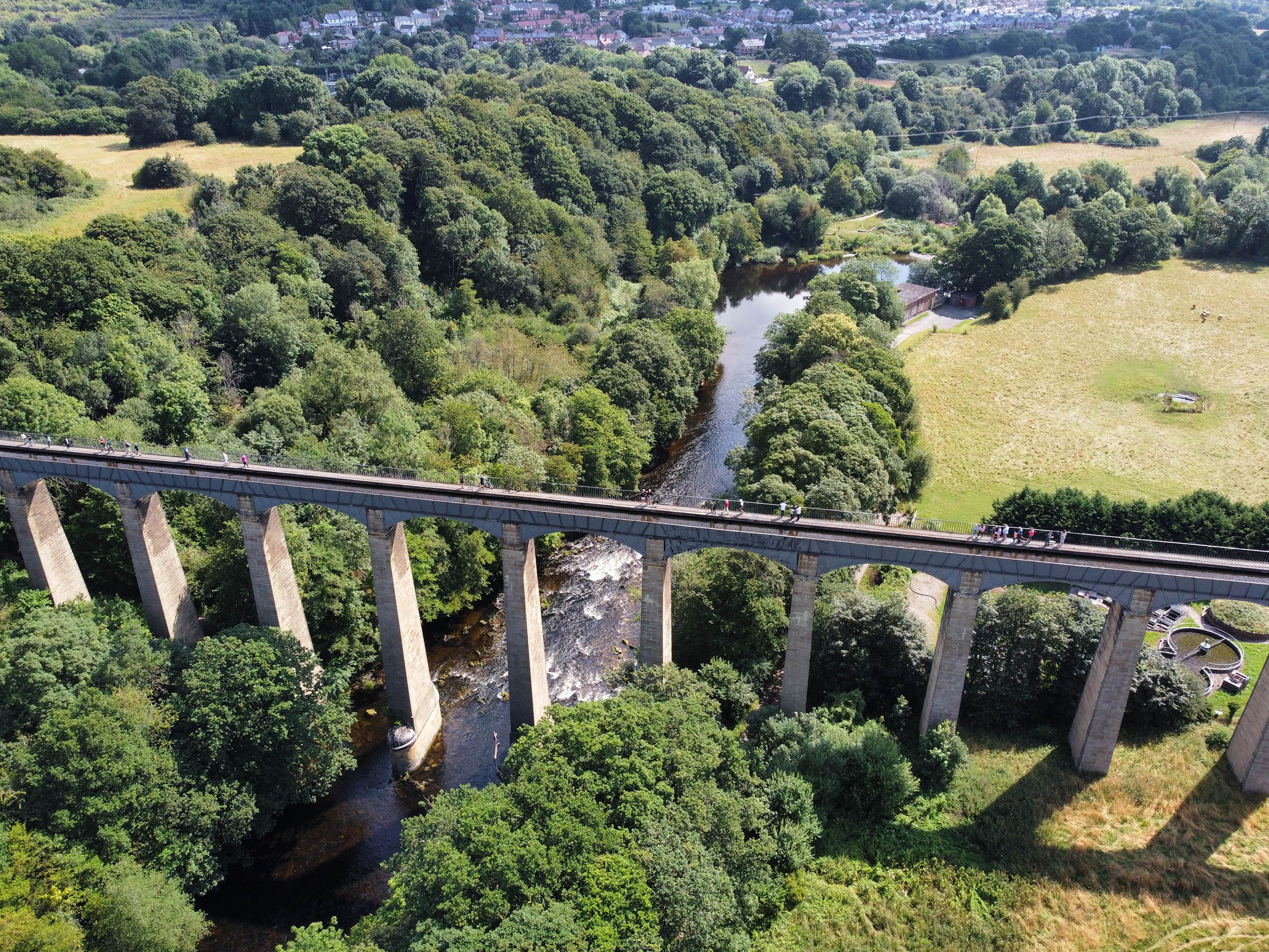
The Pontcysyllte Aqueduct: Thomas Telford's 'ribbon of water in the sky'
The magnificent Pontcysyllte Aqueduct is one of the great testaments to Industrial Revolution ingenuity — and as beautiful as it is